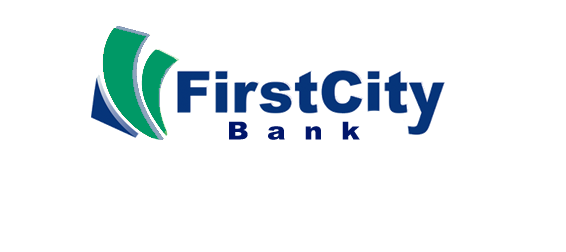Identity Theft Info
Warning! Your personal information is at risk!
Thieves are trying to steal your personal information. They want your account numbers, passwords, Social Security number and any other confidential information they can use for their financial gain. Their financial gain is your financial loss unless you know how to protect yourself.
With the sensitive information obtained from a successful phishing scam, these thieves can take out loans or obtain credit cards and even drivers' licenses in your name. This can do damage to your financial history and personal reputation that can take years to unravel.
You can prevent this!
Understand How Phishing Works
phishing (FISH.ing) pp. Phishing is a high-tech scam that uses spam or pop-up messages to deceive you into disclosing your credit card numbers, bank account information, Social Security number, passwords, or other sensitive information. -phisher n.
In a typical case, you'll receive an email that appears to come from a reputable company that you recognize and do business with, such as your financial institution. In some cases, the email may appear to come from a government agency, including one of the federal financial institution regulatory agencies.
The email will probably warn you of a serious problem that requires your immediate attention. It may use phrases, such as "Immediate attention required," or "Please contact us immediately about your account." The email will then encourage you to click on a button to go to the institution's web site.
In a phishing scam, you could be redirected to a phony web site that may look exactly like the real thing. Sometimes, in fact, it may be the company's actual web site. In those cases, a pop-up window will quickly appear for the purpose of harvesting your financial information.
In either case, you may be asked to update your account information or to provide information for verification purposes: your Social Security number, account number, password, or the information you use to verify your identity when speaking to a real financial institution, such as your mother's maiden name or your place of birth.
Reputable companies should never ask for your personal information through a phone call or an e-mail. If you provide the requested information, you may find yourself the victim of identity theft.
Spoofing
Pretending to be something it is not, whether an email, website, etc...
Learn How to Protect Yourself
Protect your passwords and personal information
Never provide your personal financial information, including your Social Security number, account numbers or passwords, over the phone or the internet. If you do not initiate the communication, you should not provide any information as thieves armed with this information can help themselves to your money.
Know who you are dealing with
Never click on a link provided in an email you believe may be fraudulent. Email and internet pages created by phishers can look exactly like the real thing. If you believe the contact may be legitimate, contact your financial institution yourself. You should be the one to initiate the contact, using contact information that you have verified yourself.
Use anti-virus software and a firewall, and update both regularly
Look for anti-virus software that recognizes current viruses, as well as older ones; effectively reverses the damage; and updates automatically. If your firewall was shipped in the "off" mode, turn it on, and be sure to set it up properly. Also before downloading free software, read the fine print, some downloads come with spyware.
Review account statements regularly to ensure all charges are correct
If your account statement is late in arriving, call your financial institution to find out why. If your financial institution offers electronic account access, periodically review activity online to catch suspicious activity.
